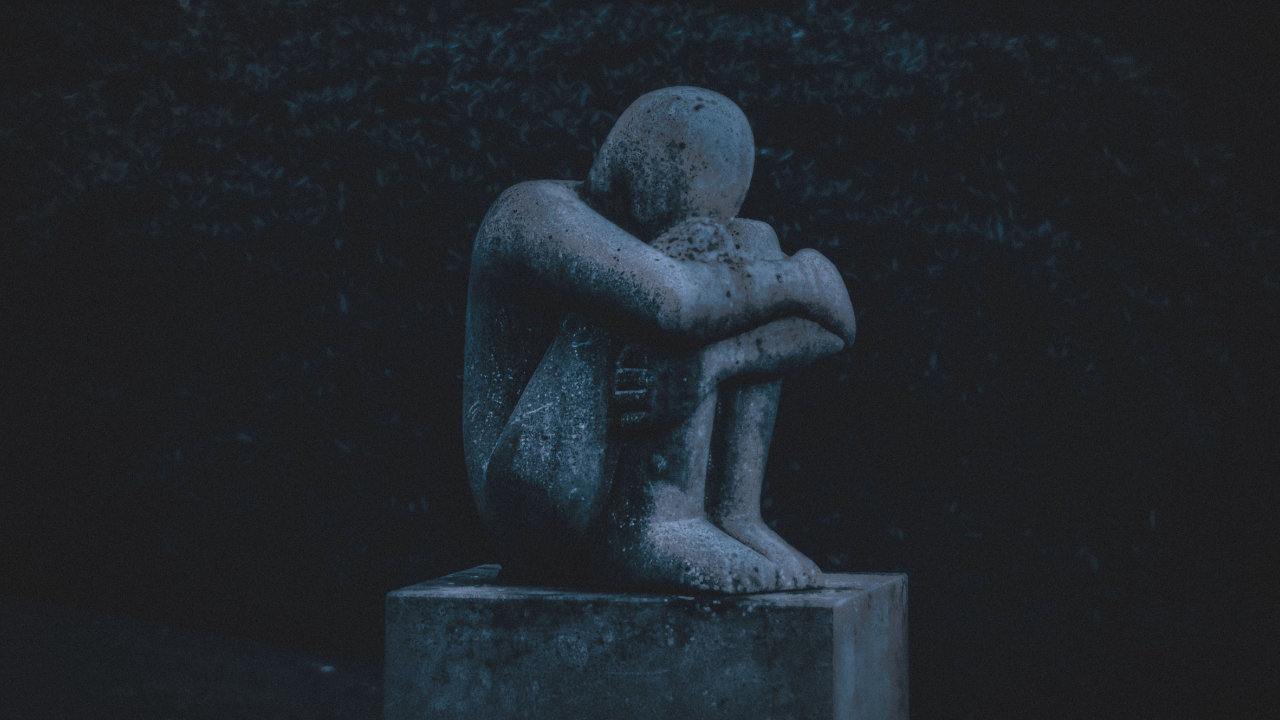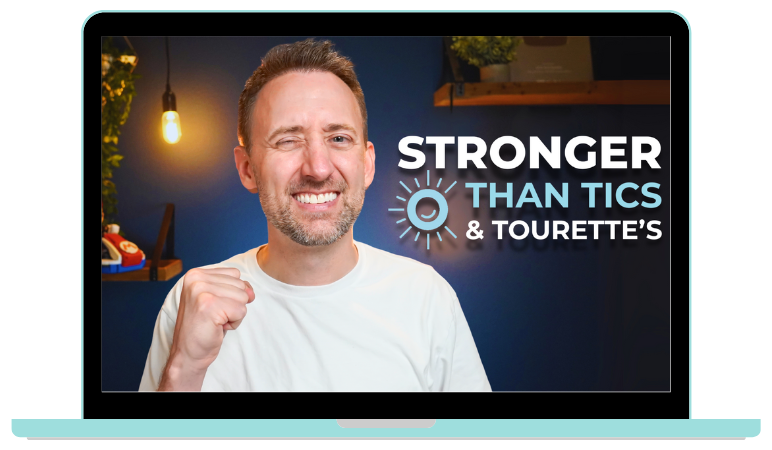Understanding Hoarding OCD: Symptoms and Effective Treatment
Nov 12, 2023
Hoarding Obsessive-Compulsive Disorder (OCD) is a mental health condition that goes beyond the clutter often associated with a disorganized lifestyle. This blog aims to shed light on the symptoms of Hoarding OCD and explore an effective treatment known as Exposure and Response Prevention (ERP).
Symptoms of Hoarding OCD
- Persistent Difficulty Discarding Items: One of the hallmark symptoms of Hoarding OCD is the persistent difficulty in parting with possessions, regardless of their actual value. Individuals with this condition often form strong emotional attachments to items that others might consider insignificant.
- Accumulation of Clutter: Hoarding goes beyond simple untidiness; it involves the excessive accumulation of items, leading to clutter that can impede the functionality of living spaces. The clutter often becomes so severe that it poses safety risks.
- Distress and Impairment: Hoarding causes significant distress to the individual experiencing it and can impair their daily functioning. Relationships may suffer, and the individual may find it challenging to carry out essential tasks due to the overwhelming clutter.
- Avoidance of Discarding: Those with Hoarding OCD may avoid situations that involve discarding items. This can include refusing to let go of old belongings, even those that are broken or no longer serve any practical purpose.
- Compulsive Buying or Acquisition: Individuals with Hoarding OCD may engage in compulsive buying or acquire items excessively, contributing to the clutter. This behavior is often driven by a fear of needing the item in the future or a belief that the item has intrinsic value.
Exposure and Response Prevention (ERP) as Treatment
- Understanding ERP: Exposure and Response Prevention is a widely recognized and effective cognitive-behavioral therapy for Hoarding OCD. Unlike traditional exposure therapy, ERP focuses on breaking the cycle of obsessions and compulsions by exposing individuals to anxiety-provoking situations related to hoarding and preventing the usual compulsive response.
- Creating a Hierarchy of Anxiety: In ERP, therapists work with individuals to create a hierarchy of anxiety-inducing situations related to hoarding. This may include deciding to discard certain items, organizing clutter, or refraining from acquiring new possessions. The hierarchy is tailored to the individual's specific fears and triggers.
- Gradual Exposure: ERP involves gradually exposing individuals to items or situations that trigger anxiety. This exposure is done in a controlled and systematic manner, allowing the person to confront their fears without immediately resorting to compulsive behaviors.
- Preventing the Compulsive Response: The "response prevention" aspect of ERP involves actively discouraging the individual from engaging in their usual compulsive behaviours. Therapists work with clients to develop alternative, healthier coping mechanisms that do not involve hoarding or clutter.
- Building Tolerance: Through repeated exposure and response prevention, individuals with Hoarding OCD can learn to tolerate the anxiety associated with discarding items or resisting the urge to acquire more possessions. Over time, this leads to a reduction in the severity of hoarding symptoms.
Conclusion
Hoarding OCD is a challenging condition that can significantly impact the lives of those affected. Understanding the symptoms and exploring effective treatments like Exposure and Response Prevention is crucial for individuals seeking help. By gradually confronting fears and breaking the cycle of compulsive behaviours, individuals with Hoarding OCD can work towards a more manageable and fulfilling life. If you or someone you know is struggling with hoarding tendencies, consider seeking the guidance of a mental health professional trained in ERP to embark on the journey towards recovery.
















